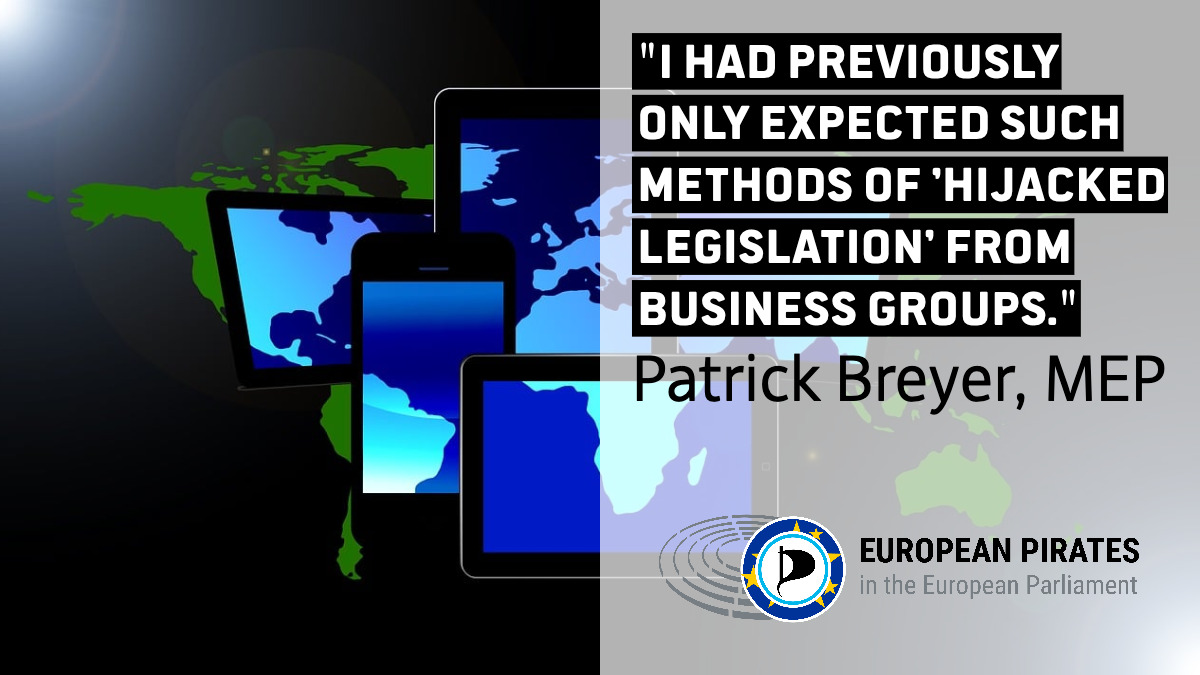When people say Local AI, they mean things like the Free / Open Source Ollama (https://github.com/ollama/ollama/), which you can read the source code for and check it doesn’t have anything to phone home, and you can completely control when and if you upgrade it. If you don’t like something in the code base, you can also fork it and start your own version. The actual models (e.g. Mistral is a popular one) used with Ollama are commonly represented in GGML format, which doesn’t even carry executable code - only massive multi-dimensional arrays of numbers (tensors) that represent the parameters of the LLM.
Now not trusting that the output is correct is reasonable. But in terms of trusting the software not to spy on you when it is FOSS, it would be no different to whether you trust other FOSS software not to spy on you (e.g. the Linux kernel, etc…). Now that is a risk to an extent if there is an xz style attack on a code base, but I don’t think the risks are materially different for ‘AI’ compared to any other software.





I believe it is what Americans call what might be called an Owners Corporation / Body Corporate / Apartment Owners Association / Management Company in other parts of the English-speaking world.